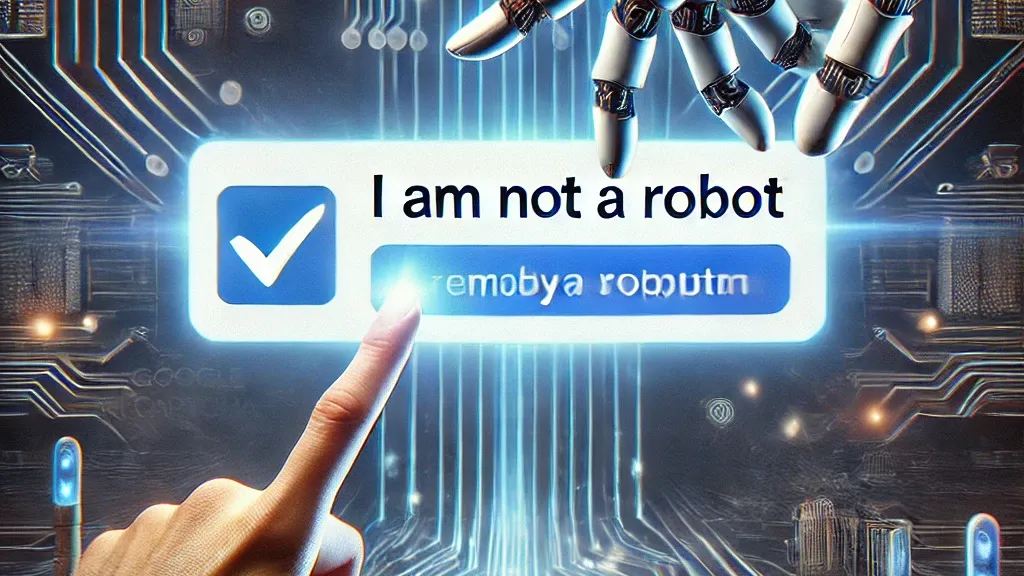
-

-
30 January 2025
How Attackers Evade Cloudflare Bot Protection
The Illusion of Security: Cloudflare’s Limitations
Cloudflare is widely used for bot protection, but sophisticated attackers have developed multiple techniques to bypass its security. While it provides basic filtering against common threats, advanced bots can still evade detection using various tactics.
How Attackers Bypass Cloudflare
-
1. Headless Browsers and Browser Automation Frameworks
- Tools Used: Puppeteer, Selenium, Playwright
- How It Works: Attackers use headless browsers modified to mimic real human interactions.
- Evasion Tactics: Modifying browser fingerprints to resemble legitimate users. Executing JavaScript to mimic human browsing behaviour. Simulating real-time mouse movements, keystrokes, and page interactions.
- Attackers exploit AI-powered CAPTCHA solvers to automatically recognize and bypass Cloudflare’s Turnstile CAPTCHA.
- How It Works: Pre-Solved Tokens: CAPTCHA tokens are generated using
human CAPTCHA-solving farms and reused across multiple requests.
Automated CAPTCHA Solvers: AI models analyse CAPTCHA images and solve them within milliseconds. - Attackers avoid detection by routing bot traffic through real residential IPs.
- How It Works: Using proxy networks like Luminati or Smart proxy to appear as genuine human users. Rotating IP addresses dynamically to prevent blacklisting.
- Attackers inspect how Cloudflare Edge Workers process security challenges.
- Evasion Tactics: Mimicking expected request headers, cookies, and JavaScript execution patterns. Adjusting traffic flow to stay within Cloudflare’s bot score thresholds.
- Cloudflare uses JA3 fingerprinting to identify TLS client behaviour.
- How Attackers Bypass It: JA3 Spoofing: Attackers alter their TLS fingerprints to match legitimate browser signatures. Replay Attacks: Using valid client JA3 fingerprints to appear as real human traffic.
- Cloudflare uses JS challenges to detect automation scripts.
- How Attackers Bypass It: Running JavaScript within modified headless browsers that execute like real browsers. Introducing random execution delays to mimic human interaction.
- Some bot operators outsource CAPTCHA solving to real humans in low-cost labour markets.
- How It Works: Bots forward CAPTCHA challenges to human workers. Once solved, CAPTCHA tokens are sent back to the bot, allowing full access.
Why Cloudflare Alone Isn’t Enough
While Cloudflare provides basic bot filtering, it relies on static patterns and challenge-based detection, making it vulnerable to AI-driven attacks. Attackers continuously evolve their methods, making traditional security approaches ineffective.
CyberSiARA: The Next-Gen Bot Protection
Unlike Cloudflare, CyberSiARA takes a different approach:
✅ AI-Powered Detection – Continuously learns and adapts to evolving bot behaviour in real-time.✅ Trans-Saccadic Memory Challenge – A human-intuitive challenge that bots cannot perceive or bypass.
✅ Seamless Security – No CAPTCHAs, no frustrating challenges—just frictionless security that stops bots before they start.
The Future of Cybersecurity
With bot threats growing more sophisticated, businesses need proactive, AI-driven defences. Cloudflare alone is not enough—CyberSiARA offers the next generation of security that stops advanced AI-driven attacks.
🔒 Want real bot-proof security? 👉 Try CyberSiARA Today


